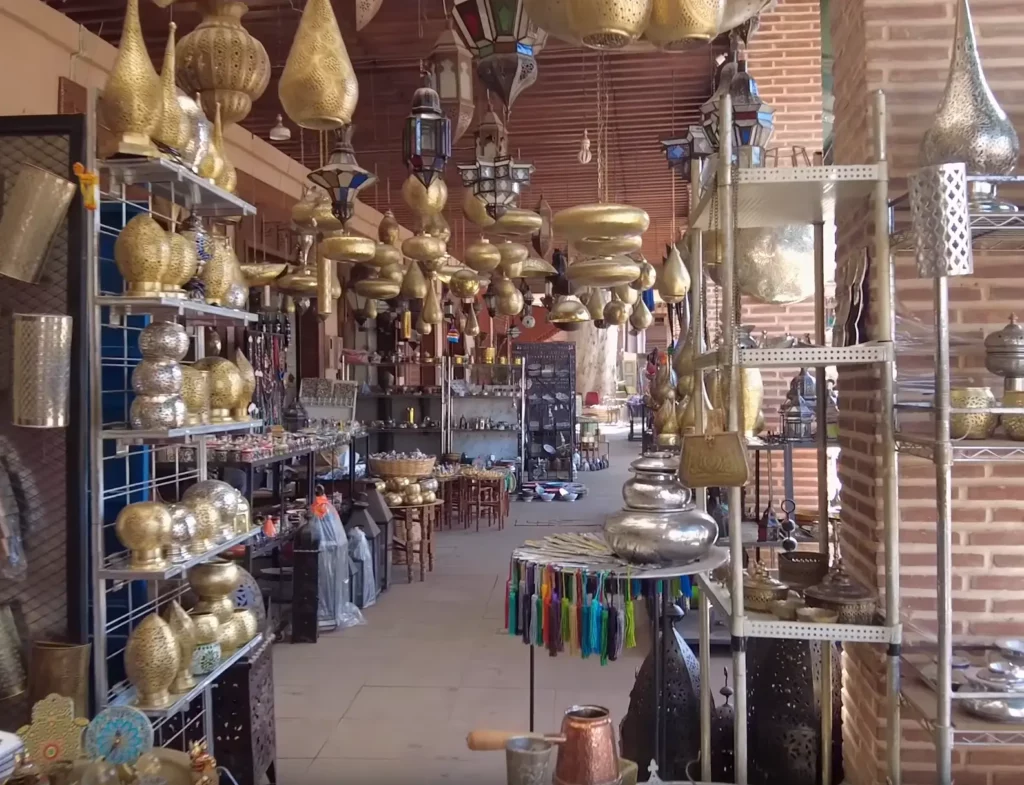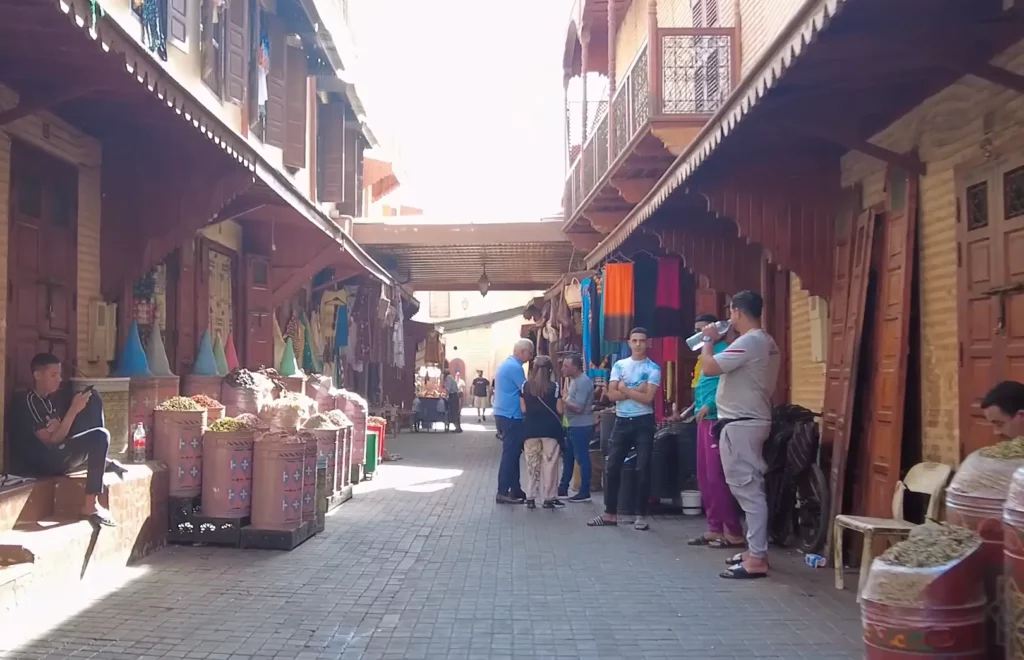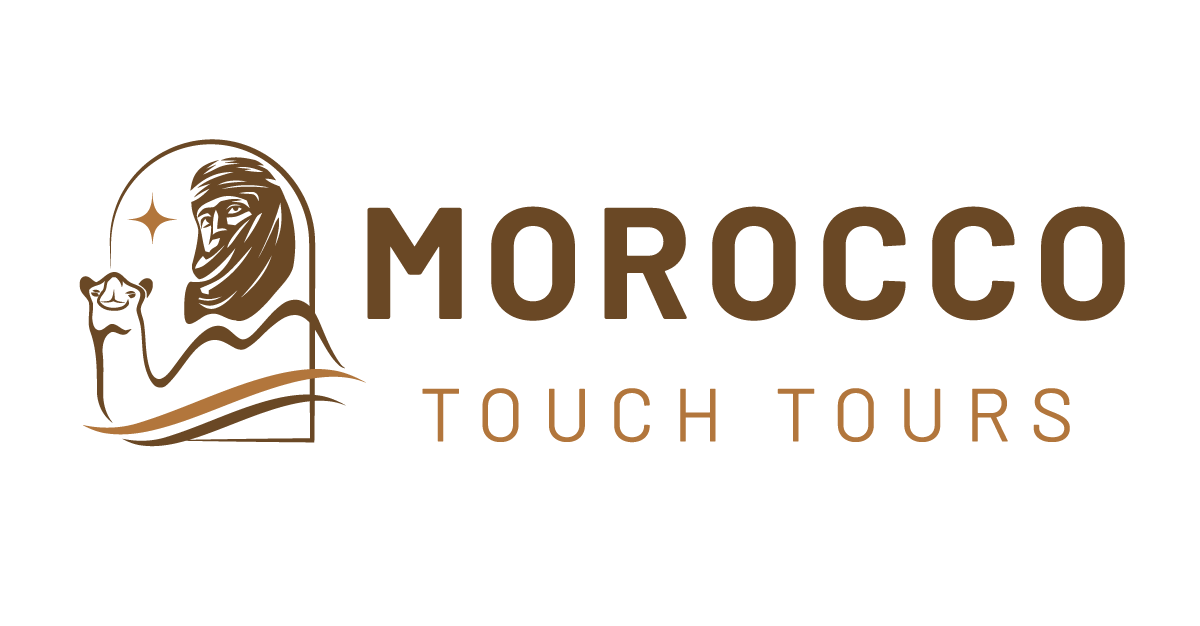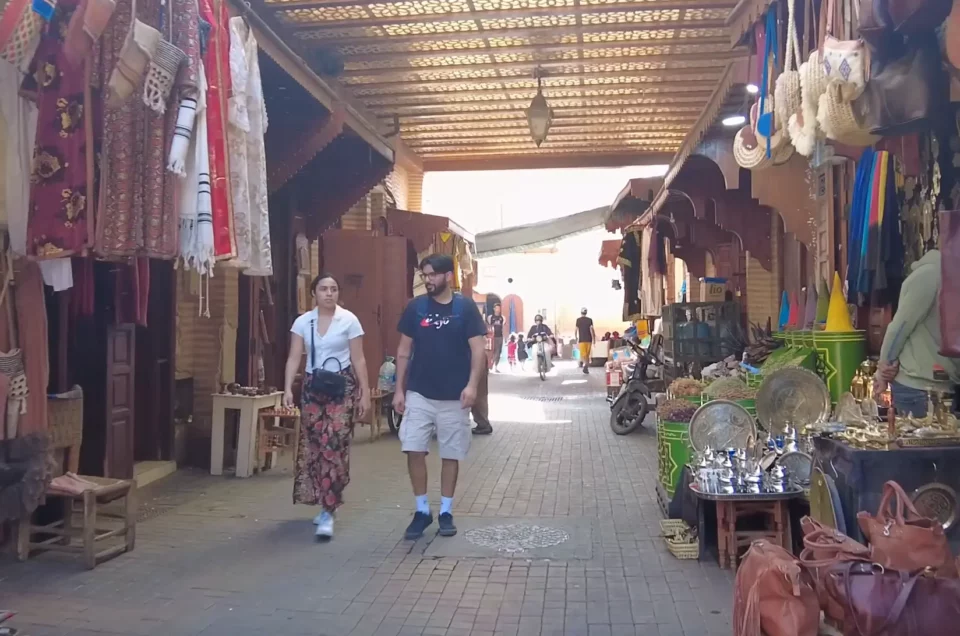Marrakech, a city steeped in history and culture, offers a unique experience that transcends time and space. Among its many historical districts, the Jewish Mellah stands out as a testament to the city’s rich and diverse past. This article aims to provide an in-depth look into the Jewish Mellah of Marrakech, offering valuable insights for tourists and history enthusiasts alike.
A Brief History of the Jewish Mellah

The Genesis
The Jewish Mellah in Marrakech dates back to 1558, established by King Moulay Abdallah of the Saadian dynasty. However, the presence of Jews in Morocco has been documented since the 2nd century. The Mellah was initially set up to house the Jewish community and protect them from religious persecution.
The Ups and Downs
The history of Jews in Morocco has been a rollercoaster ride, influenced by various economic, political, and religious factors. From the Muslim conquests to the Reconquista, the Jewish community has seen its share of highs and lows. The Mellah served as a sanctuary during times of religious intolerance and also as a hub of economic activity during more peaceful periods.
The Mellah Through the Centuries
Over the years, the Mellah has witnessed significant changes, including the departure of the Jewish community following the creation of the State of Israel in 1948. Despite these shifts, the Mellah remains an important part of Marrakech’s historical landscape.
The Mellah’s Unique Architecture

The Layout
Covering more than 18 hectares, the Mellah is a walled quadrilateral with two main access doors. The streets are organized in a grid-like pattern, featuring high houses without windows, which lends the area a unique character.
The Components
The Mellah comprises riads (residential houses), fondouks (commercial warehouses), commercial streets or souks, and synagogues. The Square des Ferblantiers serves as the nerve center of the Mellah, bustling with activity during the day.
Architectural Significance
The architecture of the Mellah is a blend of various influences, including Andalusian and Berber styles. The high walls that surround the Mellah were initially built for protection but now stand as a symbol of the area’s historical significance.
Tourist Experience: Making the Most of Your Visit
Must-Visit Spots
- Niguidim Synagogue: Dating back to the 14th century, this is a must-visit for history buffs.
- Miara Cemetery: The largest Jewish cemetery in Morocco, divided into sections for men, women, and children.
- Spice Souk: A paradise for spice lovers, offering an array of Moroccan spices and herbs.
Tips for Tourists
- Plan your visit during daylight hours as the Mellah’s doors are locked at night.
- Make sure to visit the Square des Ferblantiers to witness local craftsmen at work.
- Consider hiring a local guide to get a deeper understanding of the Mellah’s history and significance.
Local Cuisine and Shopping
Don’t miss out on trying traditional Moroccan dishes available in the area. The Mellah also offers unique shopping experiences, especially for those interested in spices, fabrics, and traditional crafts.
The Mellah Today: A Blend of Past and Present
Current Demographics
The Mellah has undergone significant changes over the years. Today, it is primarily populated by Muslims, with very few Jews residing in the original Mellah.
Revitalization Efforts
The Moroccan authorities have initiated a comprehensive urban renewal program aimed at preserving the Mellah’s historical and cultural heritage. This includes the renovation of shops, squares, and public spaces.
The Mellah in Popular Culture
The Mellah has been featured in various films and documentaries, further cementing its place in both local and international consciousness.
The Jewish Mellah of Marrakech is more than just a historical district; it’s a living, breathing testament to the city’s rich cultural tapestry. Whether you’re a history enthusiast or a curious traveler, the Mellah offers an experience that is both educational and enriching.

